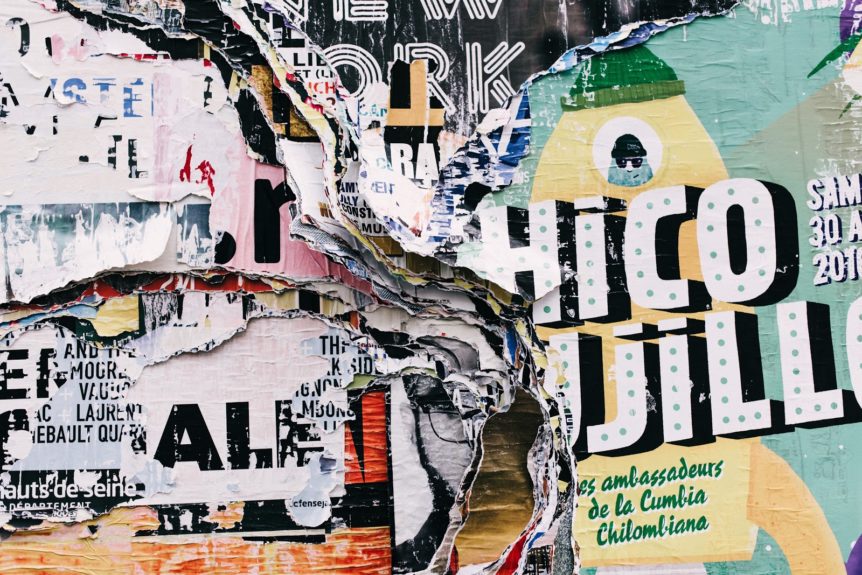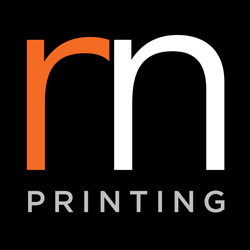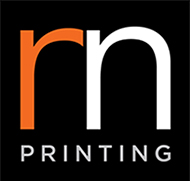Flyers weren’t made equal and neither were brochures as well as other marketing materials. It boils down to creativity, consistency, and execution. Balancing coherence with your brand identity while exploring artistic possibilities is a tricky but required goal with any artsy company endeavour.
Fortunately, there are simple tricks you can take from the modern-day design rulebook so your brand rides the times looking current effortlessly.
1. Use simple shapes.
Whoever said squares and rectangles are the right shapes for marketing? Step out of the box and place your text in unique geometric frames or bring your print to life in a unique form. Rewrite the rules of how brochures are made.
2. Play with duotones.
It’s a clever technique using only two colours with one of the bright. If you’re bold enough, make both vibrant shades. They quickly make a trendy and eye-catching design while letting you place text on just about any part of the image. Spotify uses this in all their advertisements, a good call since vivid hues are part of their visual brand identity.
3. Add texture.
Paper doesn’t have to mean 2D. Give your consumers a 3-dimensional experience. Add pop-ups. Emboss titles and headers. Even the use of a pattern that makes your material look more than flat would be a smart way of incorporating texture.
4. Make it fun.
Add interesting details. Let your graphics tell a story or use unconventional designs. Direct mail doesn’t have to be a thin, rectangular sheet. You can take inspiration from children’s books. Notice how a character’s hair would have yarn or doll hair instead of just painted on
5. Keep it portable.
Making items small enough to bring around encourages your customers to keep them. That’s what’s great about business cards. They can easily slip into a wallet or into a cardholder which would fit in any bag. A well-designed card would keep your products top-of-the-mind for when they need them.
6. Have them fit for display.
Have the paper folded in a way that it can stand on its own or have it made with a stand that can be pressed flat when not needed. You can also explore using different materials to make them decor-like.
Make slightly different versions of your materials to keep things fresh.
Adding distinct features to each copy would be costly and impractical but you can have a similar hype when you produce, say, 4-5 variations of the same design. It may be a change in tinge or another model. Execute these change with careful intent because it can quickly look haphazard and confusing when hastily done.
Use muted for vintage and stylish.
Loud palettes aren’t for every occasion. When the occasion calls for something calmer and elegant, choose more muted hues like white, brown, black and toned-down red. Use them for a throwback kind of design—something old, yet something new but something timeless.
Consider new and untried options when thinking of your next print ad, newsletter, and other paraphernalia. Discuss these ahead with your printing partner since they would require non-standard methods and a change in the processes. Communicate your plans clearly to be certain you’re on the same page and to avoid mistakes.
If they’re unable to cater to the idea, canvass other printing establishments but advise your usual printing go-to ahead. For those who haven’t decided on a regular printer, choose one that’s flexible, creative and offers various services so you don’t have to switch in the future.



 1300 483 455
1300 483 455 0418 260 940
0418 260 940 132 Marsden St, Parramatta
132 Marsden St, Parramatta




